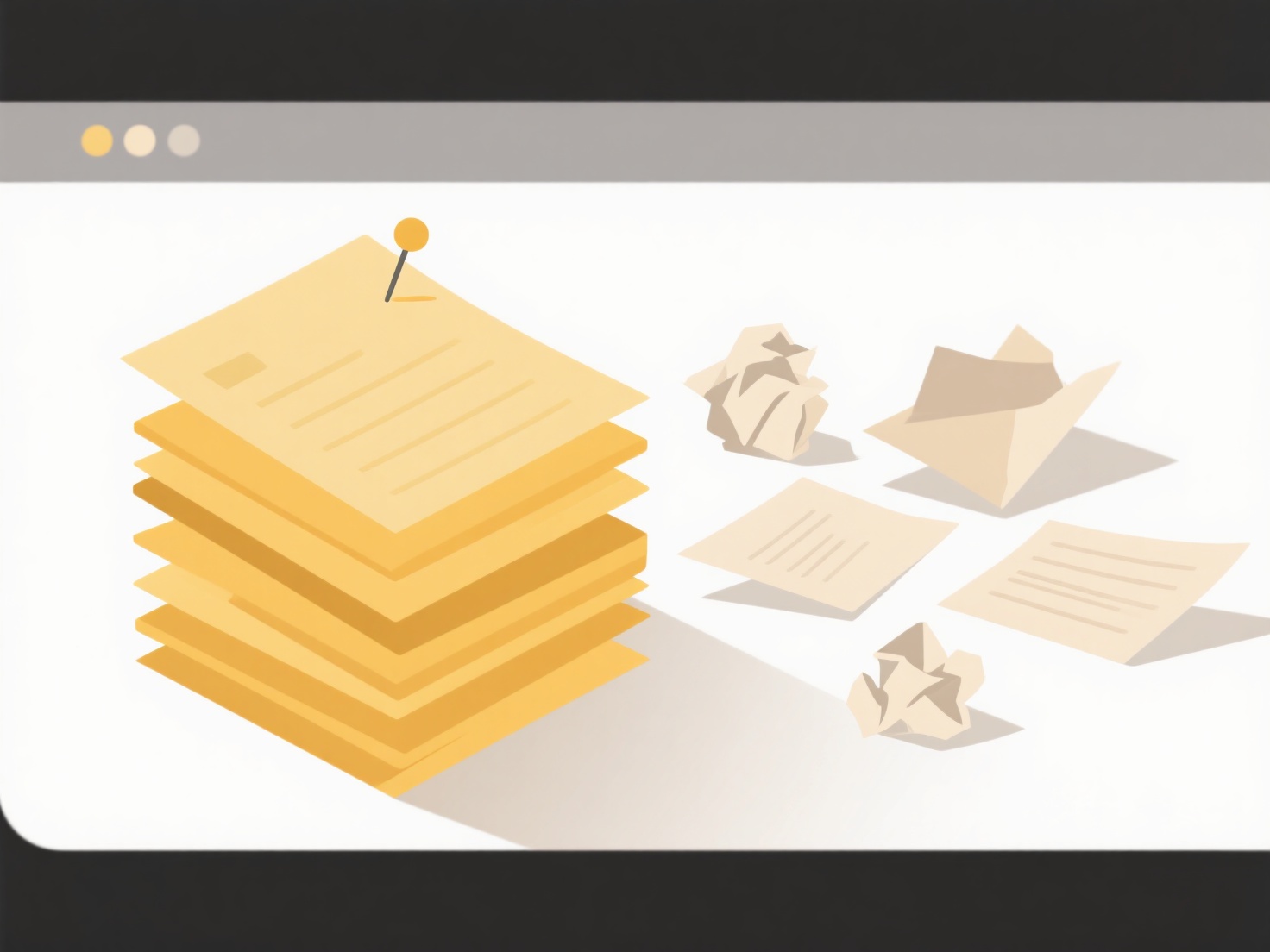
File conversion reduces quality primarily due to format incompatibility and data loss. Different file formats are designed with specific purposes: some prioritize maximum quality (like RAW images or WAV audio), while others prioritize smaller file sizes and faster processing (like JPEG or MP3). When converting between formats, especially to a lossy format (like JPEG, MP3, or MP4), compression algorithms are applied. This compression often permanently discards data deemed less perceptible to the human eye or ear. Even lossless conversions (like PNG to TIFF) can lose quality if the original was already compressed, or parameters like resolution/bitrate aren't carefully controlled.

Common examples include converting a high-quality TIFF or RAW photo to JPEG for web use – each re-compression can visibly degrade detail. Similarly, converting an uncompressed audio CD track (WAV) to an MP3 reduces file size significantly but removes high-frequency nuances. Transcoding a high-definition video file (e.g., ProRes) to a streaming format (e.g., H.264) often introduces compression artifacts like blockiness, especially in fast-motion scenes. These conversions are frequent in photography, music/video editing, publishing, and web development for efficiency.
Advantages include manageable file sizes for storage and transfer. However, the key limitation is irreversible quality degradation with lossy compression – details are permanently discarded. This demands careful conversion choices: use high-quality settings, preserve originals, and prefer lossless workflows where quality is critical. Ethical concerns arise when crucial detail is lost (e.g., medical imaging, scientific data). Future improvements focus on smarter compression algorithms that preserve perceived quality better at smaller sizes, and tools emphasizing clearer quality indicators during conversion.
Why does file conversion reduce quality?
File conversion reduces quality primarily due to format incompatibility and data loss. Different file formats are designed with specific purposes: some prioritize maximum quality (like RAW images or WAV audio), while others prioritize smaller file sizes and faster processing (like JPEG or MP3). When converting between formats, especially to a lossy format (like JPEG, MP3, or MP4), compression algorithms are applied. This compression often permanently discards data deemed less perceptible to the human eye or ear. Even lossless conversions (like PNG to TIFF) can lose quality if the original was already compressed, or parameters like resolution/bitrate aren't carefully controlled.

Common examples include converting a high-quality TIFF or RAW photo to JPEG for web use – each re-compression can visibly degrade detail. Similarly, converting an uncompressed audio CD track (WAV) to an MP3 reduces file size significantly but removes high-frequency nuances. Transcoding a high-definition video file (e.g., ProRes) to a streaming format (e.g., H.264) often introduces compression artifacts like blockiness, especially in fast-motion scenes. These conversions are frequent in photography, music/video editing, publishing, and web development for efficiency.
Advantages include manageable file sizes for storage and transfer. However, the key limitation is irreversible quality degradation with lossy compression – details are permanently discarded. This demands careful conversion choices: use high-quality settings, preserve originals, and prefer lossless workflows where quality is critical. Ethical concerns arise when crucial detail is lost (e.g., medical imaging, scientific data). Future improvements focus on smarter compression algorithms that preserve perceived quality better at smaller sizes, and tools emphasizing clearer quality indicators during conversion.
Related Recommendations
Quick Article Links
How do I protect shared cloud files?
Protecting shared cloud files involves securing documents and data stored in online services like Google Drive or Dropbo...
Can I set rules to rename files automatically upon download?
File renaming rules allow you to automatically change the name of a file the moment it finishes downloading to your comp...
Can I normalize file names from different sources?
File normalization standardizes file names from various sources into a consistent format. It involves removing or replac...